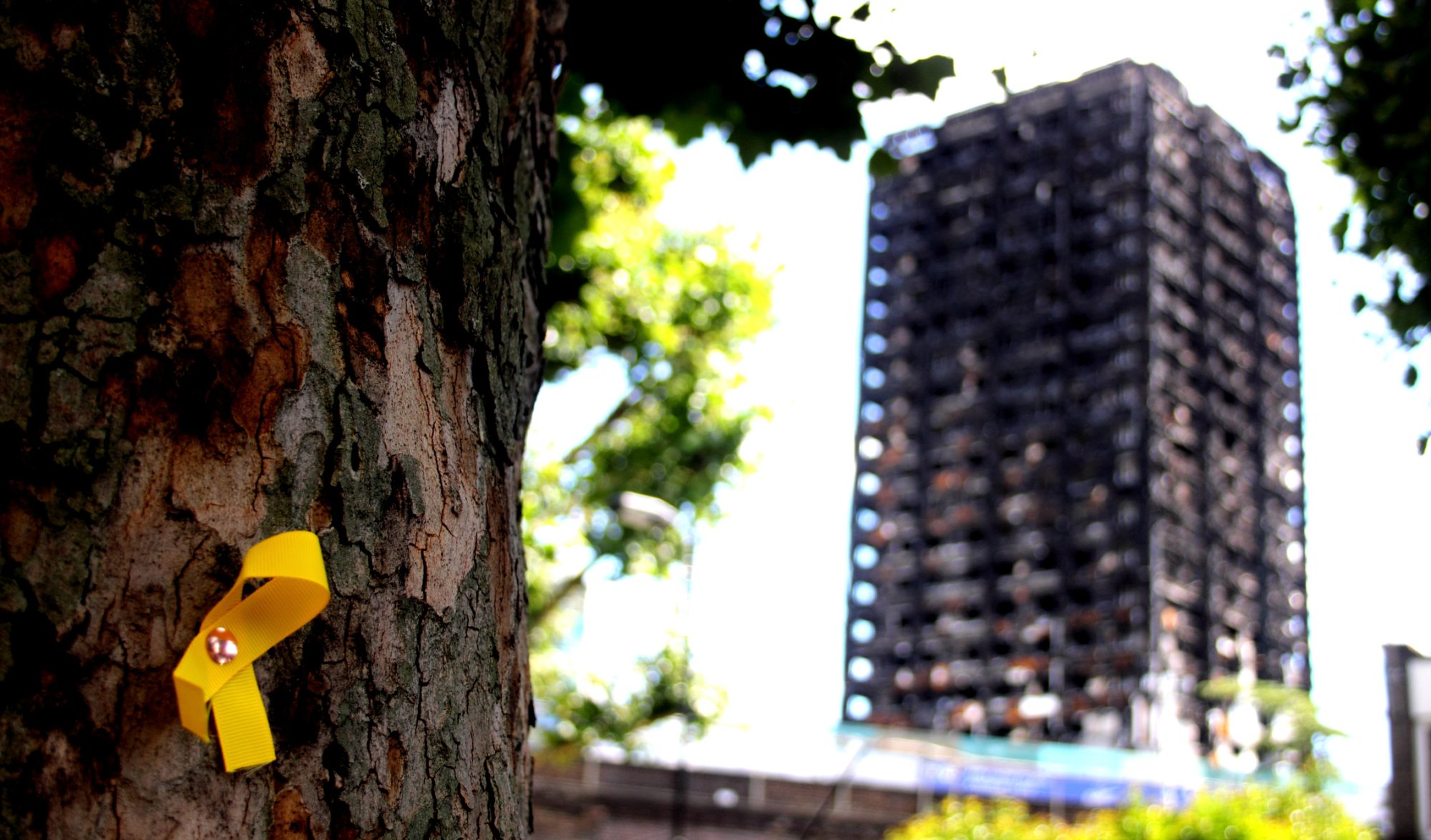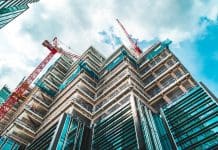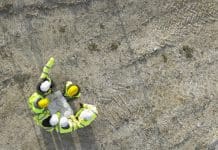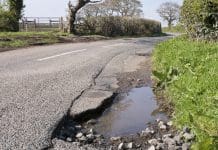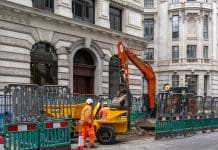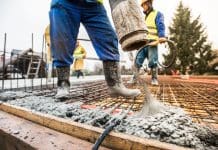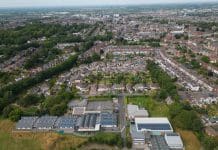The National Audit Office (NAO) has published a report stating that national cladding remediation post-Grenfell could take over 10 years, and cost more than £16bn
The report says that the ‘cladding scandal’ has widened in scope, and cladding remediation must be undertaken on mid-rise blocks standing 11-18m tall.
This means that while most high-rise blocks are completed or nearing completion, 60% of the buildings within scope are as of yet unidentified.
Cladding remediation has taken on a wider scope
The NAO highlights that, post-Grenfell, the government understood that high-rise buildings over 18m tall would need cladding remediation.
With that phase nearing completion, the scope has widened to buildings 11m tall and over, which currently accounts for between 9,000 and 12,000 buildings, of which only 4,771 have been identified.
Of the identified buildings, work has been started on half, and a third have been completed. This means that, overall, work has been completed on 12-16% of the buildings within scope.
‘Polluter pays’ policy is causing delays
The report says that the government’s policy to cap public spending at £5.1bn, and make those responsible for the cladding crisis pay for the remediation, while commendable, is causing delays in the system through disputes.
Building developers and the freeholders of the properties in question can disagree on the amount of work required, getting the system bogged down as workers awaits clarity on what work to undertake.
The reports says: “To stick to its £5.1 billion cap in the long run, MHCLG needs to ensure that it can recoup any funds it spends above this through successful implementation of the Building Safety Levy. MHCLG has been slow to address fraud risks and must ensure its incentivization and enforcement activities encourage reluctant freeholders to engage and ensure the industry is not stalling.
“Several years on from the Grenfell Tower fire, there has been progress, but there also remains considerable uncertainty about the number of buildings needing remediation, the cost of remediating them, and how long it will take to fix them and to recoup spending in the long run.”
The full report can be read here.


